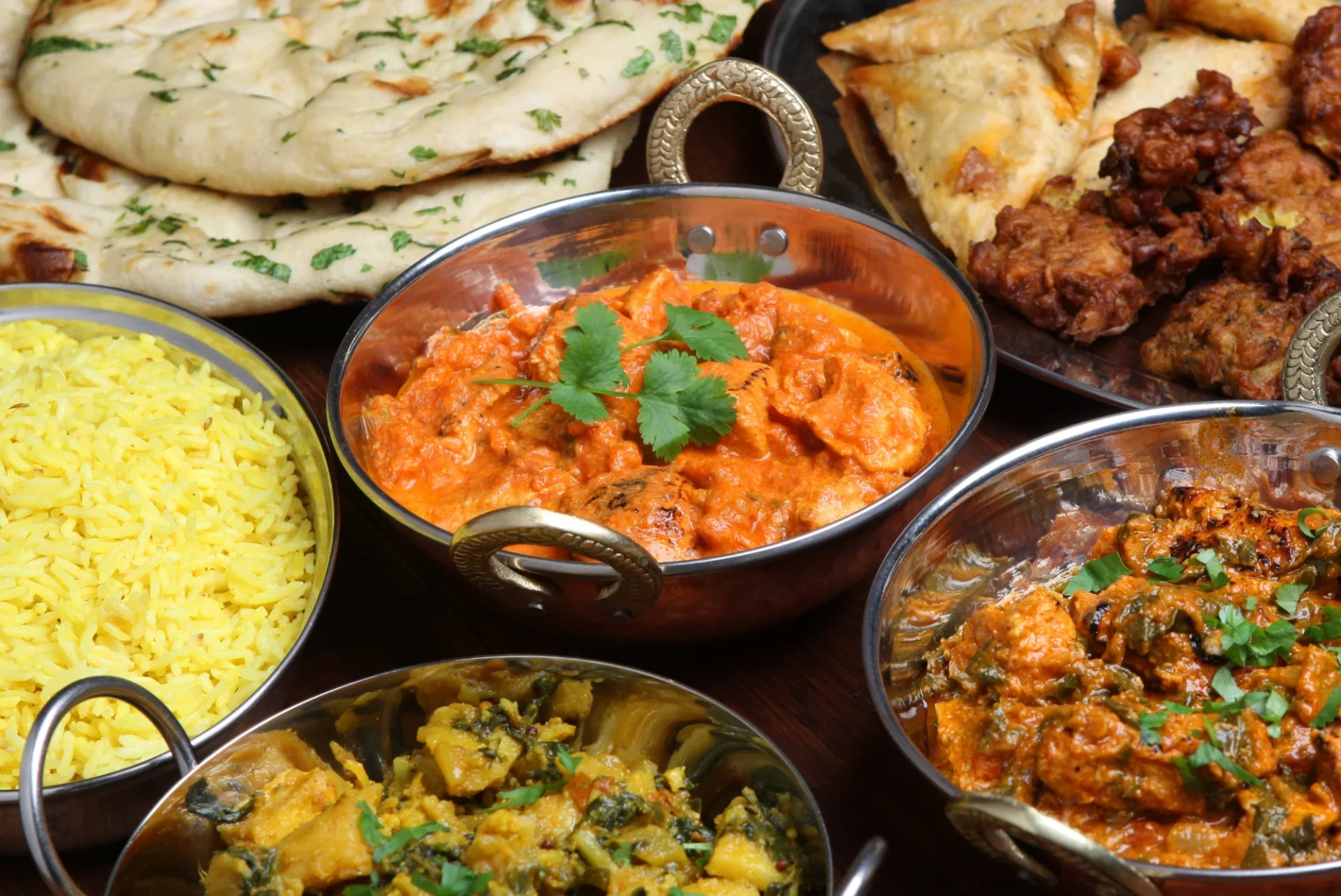In 2017, a profound culinary narrative titled “Dining with the Nawabs” made its way into the hands of readers worldwide. Crafted by Meera Ali, this book ventured into the heart of India’s regal families, unravelling the intricacies of their opulent cuisines, treasured family recipes, and historical contexts. Among its captivated readers was Palash Mitra, who served as the culinary director for South Asian cuisines at Black Sheep Restaurants in Hong Kong. Mitra, who had earlier achieved the honor of a Michelin star while leading the New Punjab Club, found this book to be more than just enlightening.
Mitra’s tryst with Hong Kong had been an evolving journey. His initial rendezvous was from 2005 to 2007 at Veda. He returned for the second stint to open the acclaimed New Punjab Club. By early 2018, mere months after the book’s release, Mitra found himself engrossed in the pages of “Dining with the Nawabs.”
His fascination for royal culinary arts wasn’t newfound. Early in his career, straight out of college, Mitra found himself amidst the grandeur of Oberoi Rajvilas, a palatial hotel in Jaipur, Rajasthan. The luxury and meticulousness of the royal cuisine here were in stark contrast to his prior exposure, which was primarily to Indian street food. The richness, complexity, and depth of royal cuisine left an indelible mark on his psyche. For Mitra, this experience was an epiphany, debunking his previously held notion of Indian food as rudimentary.
Throughout his life, Mitra sought out literature that delved into the art of royal Indian cooking. He read works penned by some of the most celebrated names in the Indian culinary landscape. But “Dining with the Nawabs” was distinctive. It was a comprehensive tapestry of not just recipes but also the history, geography, culture, and demographics that shaped these royal cuisines.
As Mitra turned its pages, he discovered the rich legacies of around 12 to 13 Indian royal families. Each brought to the table a unique culinary offering, representing an array of flavors, techniques, and histories. This book became a gateway to a bygone era that had often been overshadowed or dismissed as rudimentary. Contrary to such misconceptions, the detailed logs spanning two centuries captured in the book bore testament to the meticulous record-keeping and reverence for the culinary process inherent in royal kitchens.
For Mitra, these recipes became a source of inspiration. The precision, respect for ingredients, and acknowledgment of the artisans involved enhanced his culinary perspective. It wasn’t just about cooking anymore; it was about connecting with a lineage, with a history that breathed life into every dish. Every narrative, every recipe added layers to his understanding, transforming not just his cooking techniques but also his very outlook towards Indian cuisine.
READ MORE:
